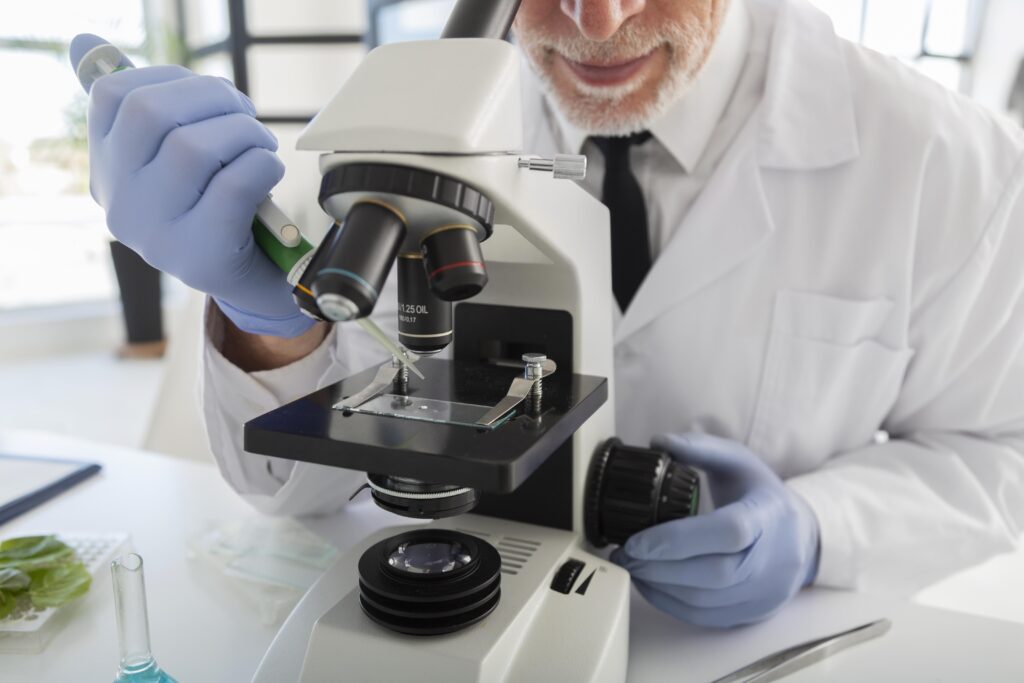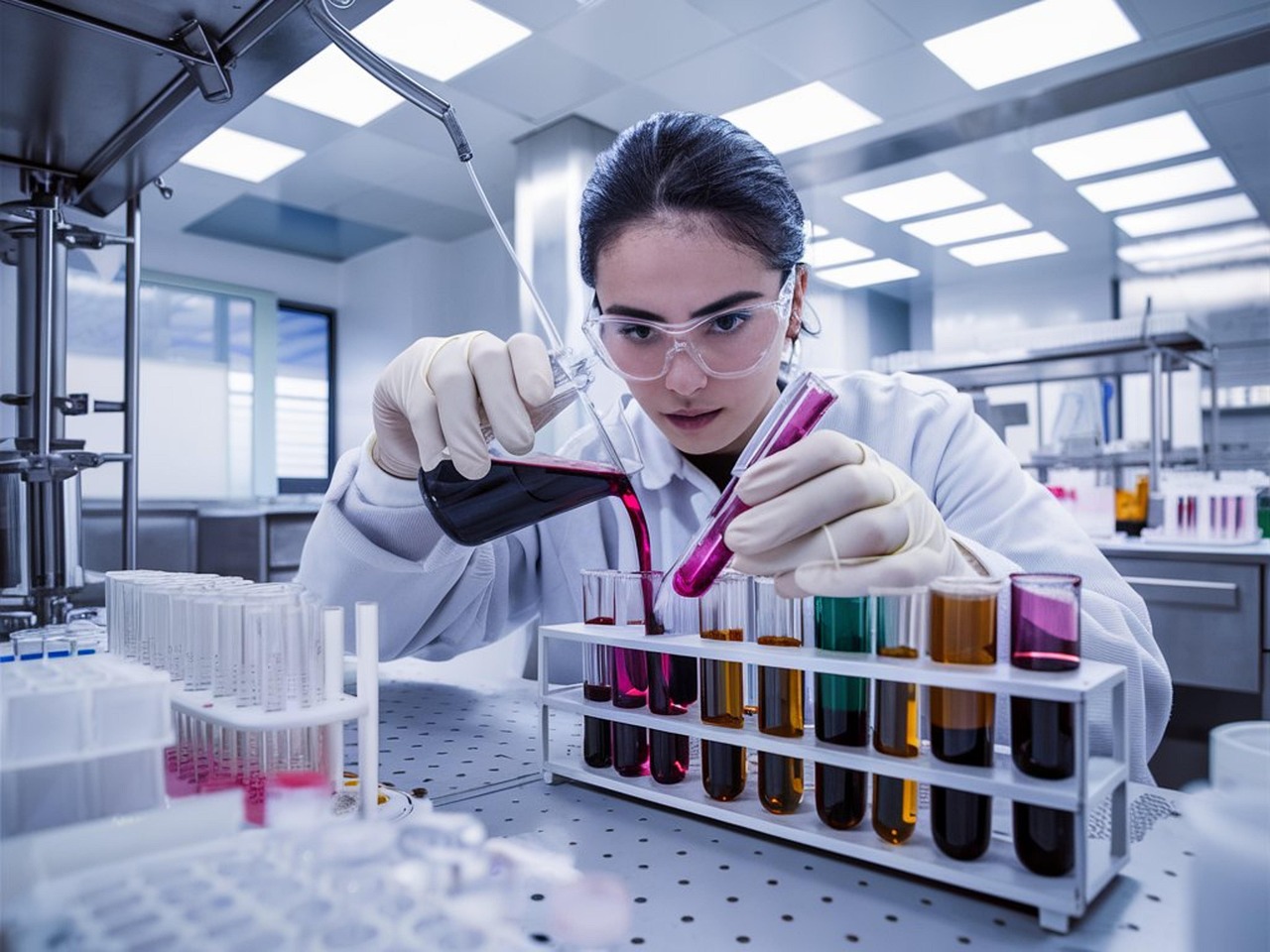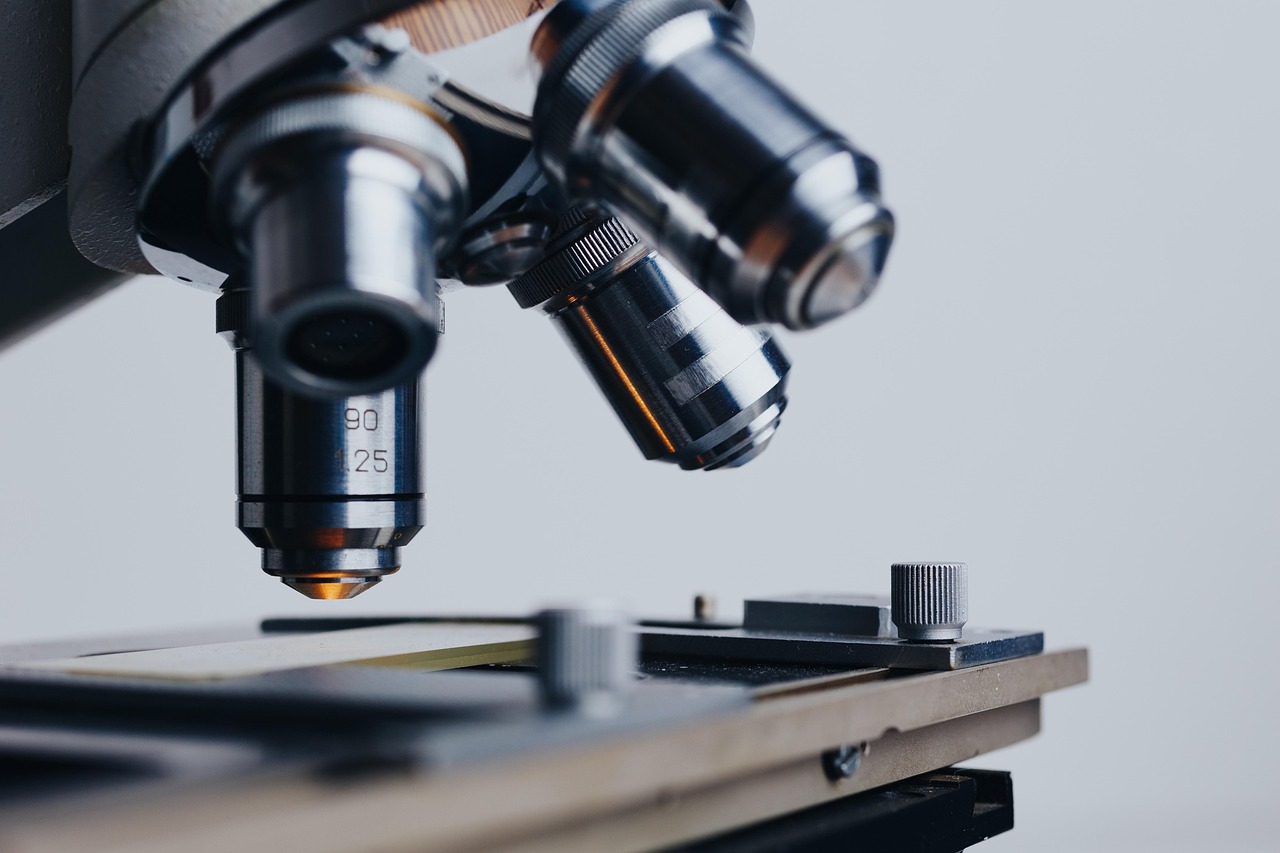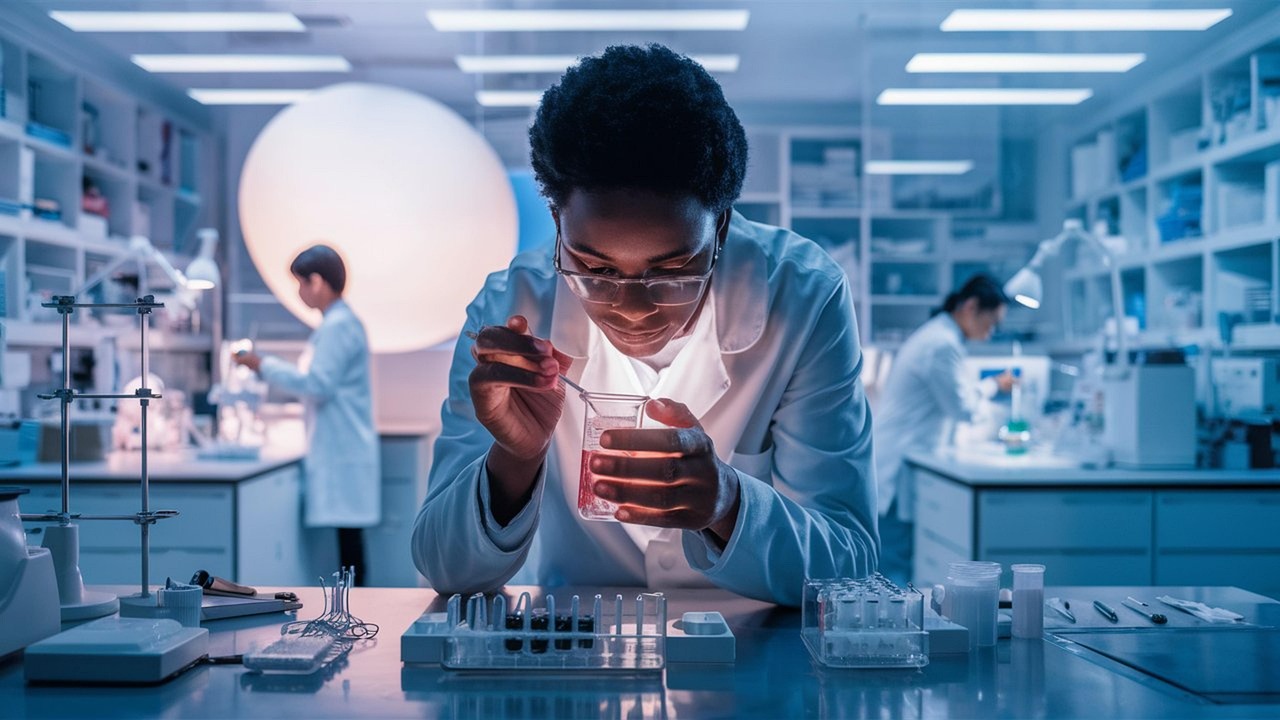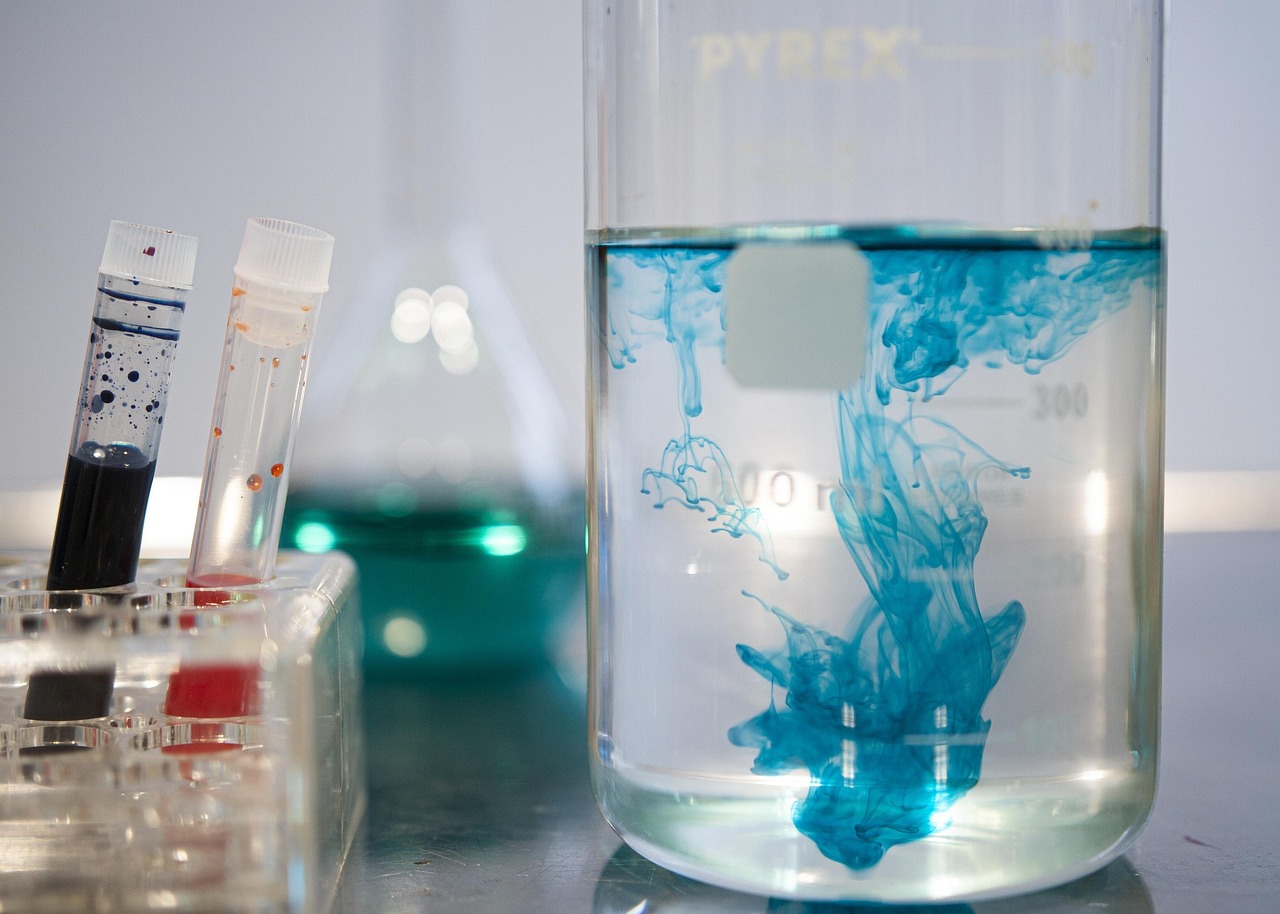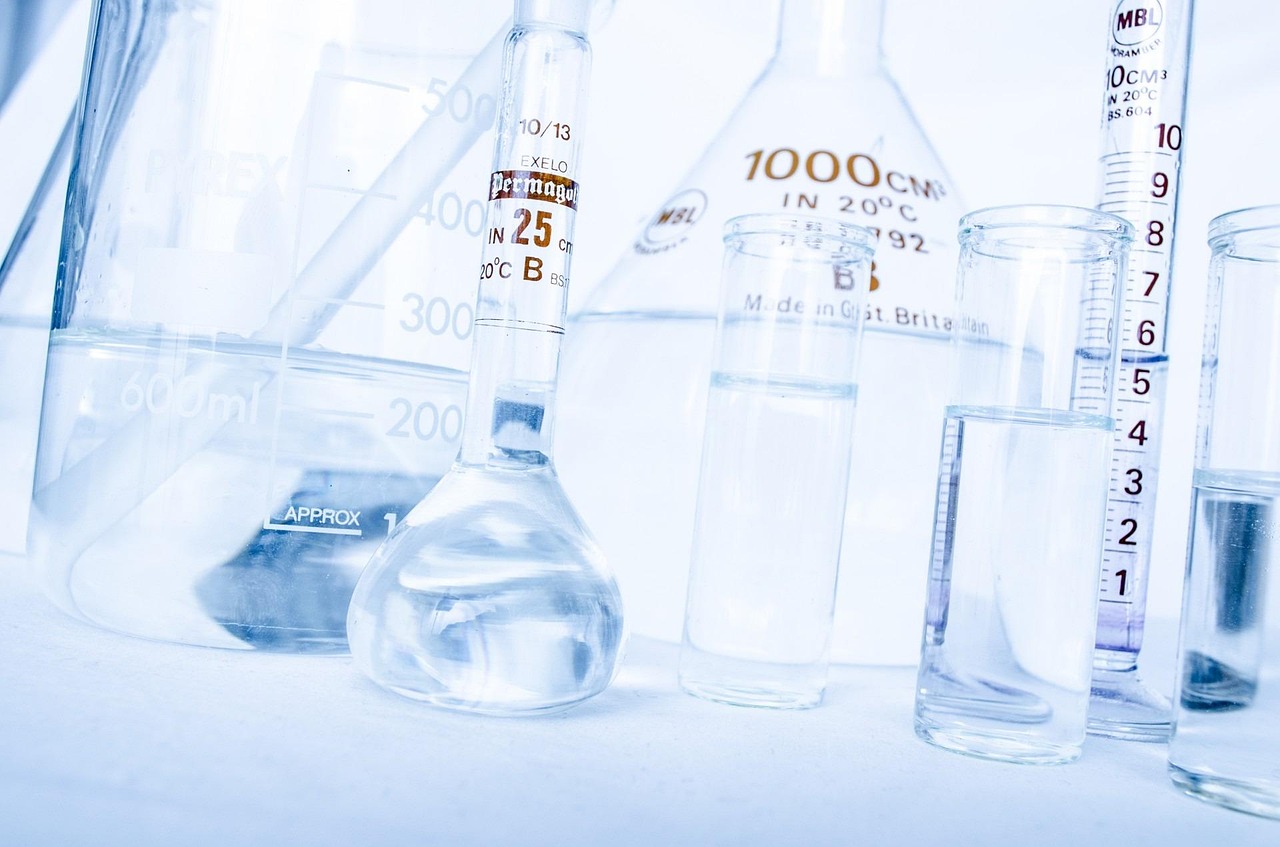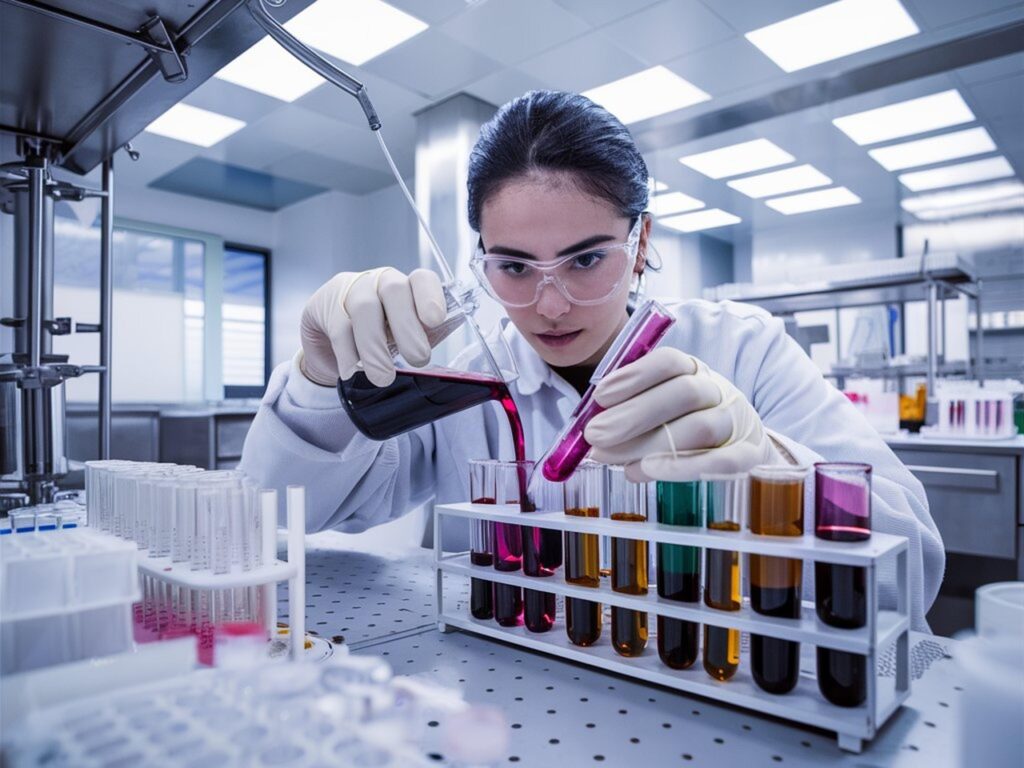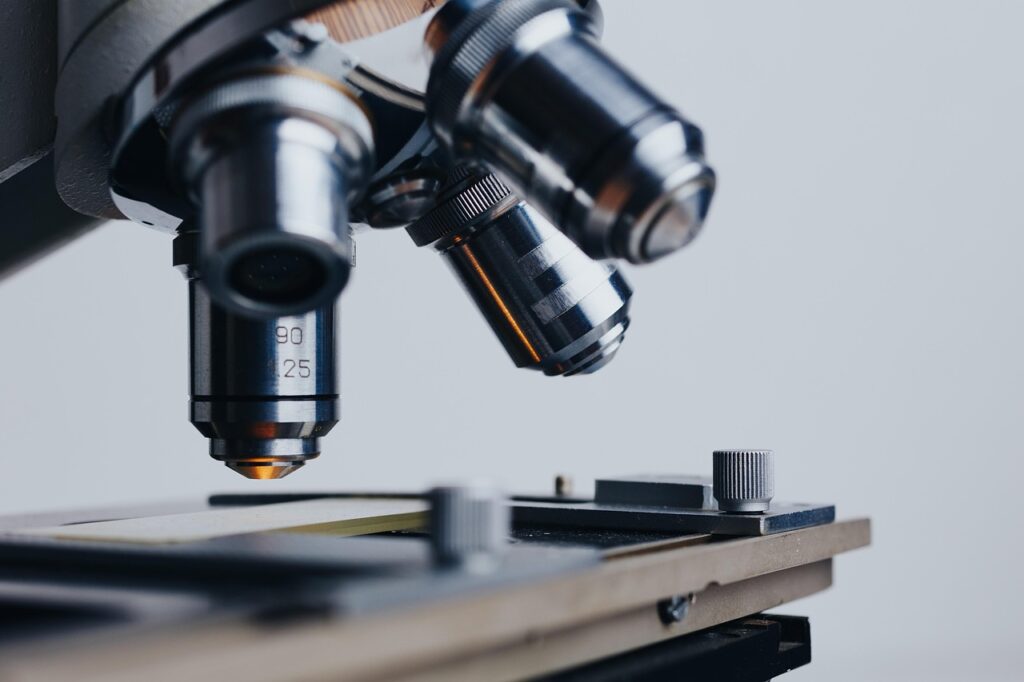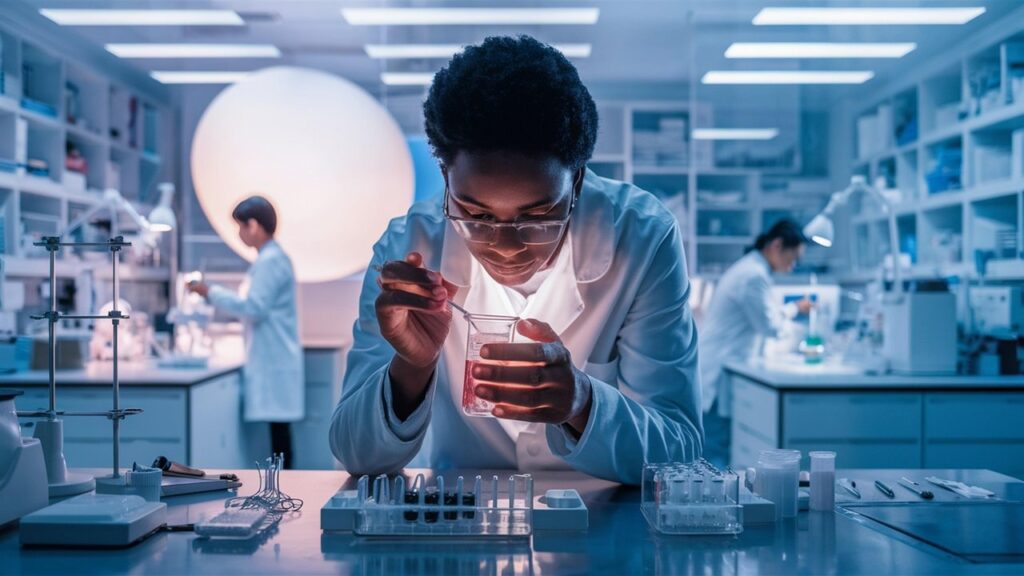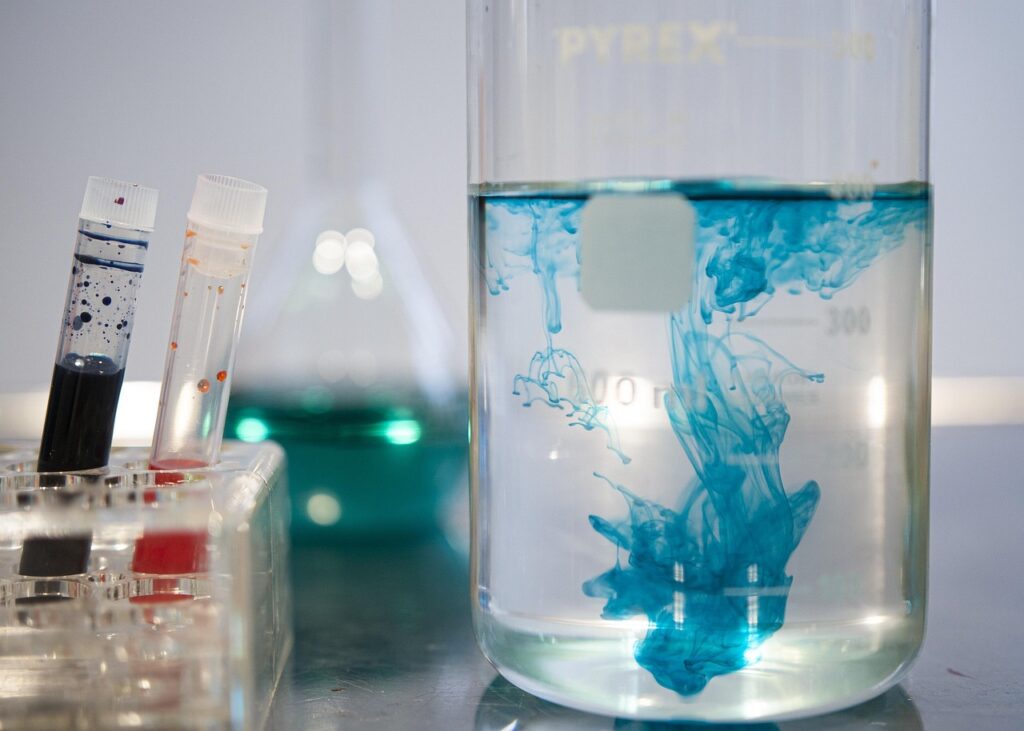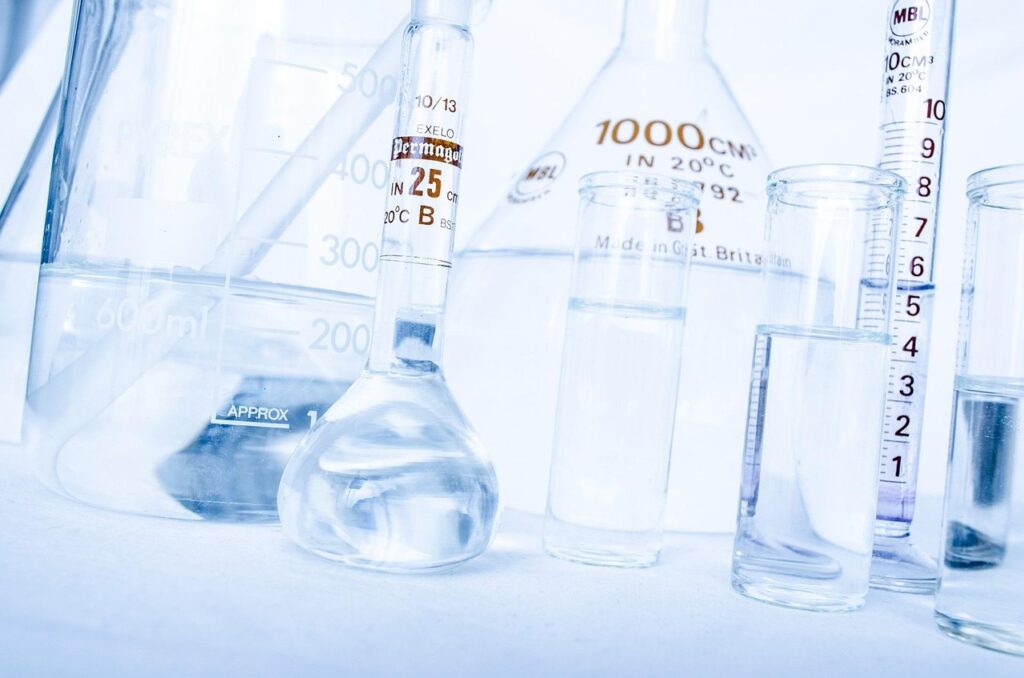Mycotoxins are harmful substances that some fungal species create and can contaminate food items, putting both humans and animals at serious risk for health problems. Mycotoxins in food can cause several health problems, such as cancer, liver damage, and immune system deficiencies. Thus, it is essential to conduct thorough mycotoxin testing in food to guarantee the safety of food products. This blog seeks to present a comprehensive overview of mycotoxin testing in food, including its significance, procedures, and the function of food testing Labs in India.
What are Mycotoxins?
Mycotoxins are secondary metabolites that are produced by Penicillium, Fusarium, and Aspergillus mold species. Numerous food items, such as cereals, nuts, spices, dried fruits, coffee, and cocoa, contain these poisons. Any step of the food production process, including pre-harvest, storage, and processing, is susceptible to contamination. The most often detected mycotoxins in food include deoxynivalenol, fumonisins, aflatoxins, ochratoxin A, and zearalenone.
Methods of Mycotoxin Testing in Food
There are several methods used for mycotoxin testing in food each having unique benefits and drawbacks. The popularity of Enzyme-Linked Immunosorbent Assay (ELISA) can be attributed to its ease of use, affordability, and speed of analysis. Antibodies are used to identify and measure mycotoxins in food samples. The more advanced technique known as High-Performance Liquid Chromatography (HPLC) provides excellent sensitivity and specificity. It is frequently applied to mycotoxin quantification and confirmatory testing. Multiple mycotoxins can be detected at once using the excellent accuracy and sensitivity of liquid chromatography-mass spectrometry (LC-MS/MS). In sophisticated food testing facilities, it is commonly employed. Despite being less sensitive than HPLC and LC-MS/MS, Thin-Layer Chromatography (TLC) is nevertheless utilized for screening because of its affordability and ease of use.
The Role of Food Testing Labs in India
Food testing labs in India play a vital part in mycotoxin testing, which guarantees the quality and safety of food items. These labs have the most up-to-date equipment and knowledgeable staff to perform thorough mycotoxin testing on food. One essential service offered by food testing facilities in India is routine testing. They regularly test a variety of food goods for mycotoxin to make sure they adhere to legal requirements. Yet another important aspect is research and development. These labs work on research and development projects to create and verify novel testing techniques that will enable more precise and effective mycotoxin identification. Furthermore, food testing labs help food producers adopt efficient mycotoxin control methods by offering training and consulting services.
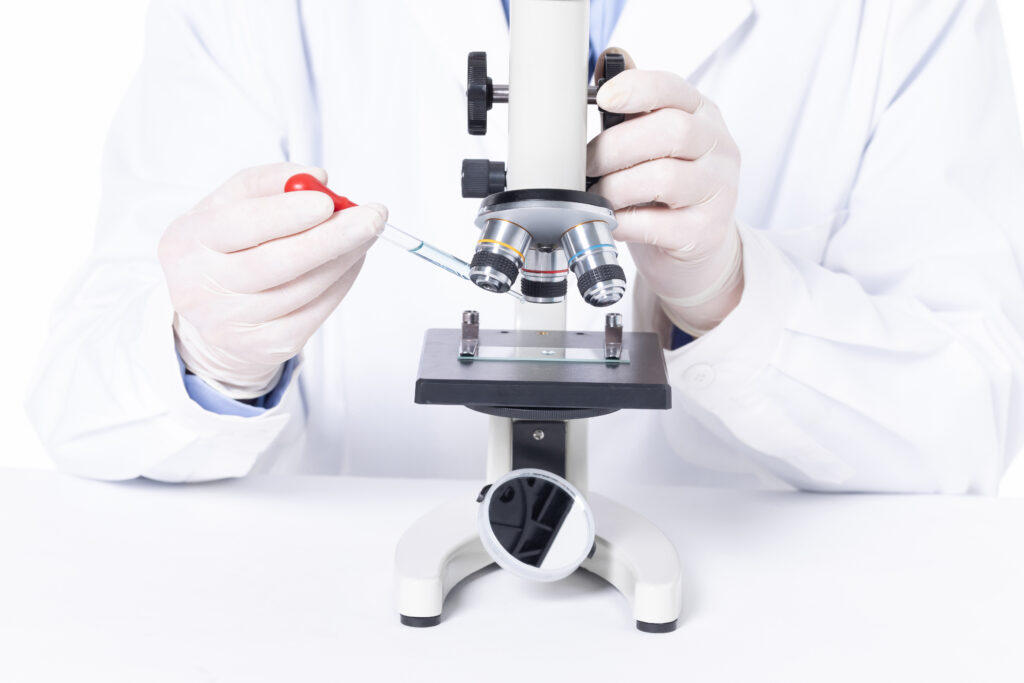
Steps Involved in Mycotoxin Testing in Food
Testing for mycotoxin in food usually entails several processes. Gathering samples is an essential initial step. Accurate test results require proper sampling. Samples are gathered from raw materials, completed goods, and storage facilities at different points in the food supply chain. Next comes sample preparation, which includes mycotoxin extraction, homogenization, and grinding. After the samples are prepared, they are evaluated using ELISA, HPLC, or LC-MS/MS, among other previously described techniques. To ascertain whether mycotoxins are present in the samples and at what concentration, data analysis is done. Ultimately, a comprehensive report is produced, summarizing the test findings and any remedial measures that should be taken.
Challenges in Mycotoxin Testing in Food
There are still a few issues with mycotoxin testing techniques notwithstanding their improvements. Because the distribution of mycotoxin in food products can be uneven, sample variability is a serious problem that could result in test results that are not accurate. Another challenge is dealing with complex matrices. Some food matrices, like nuts and spices, have complicated compositions that make them challenging to study. To ensure reliable results, it is crucial to prevent cross-contamination during sample collection and testing. Cross-contamination is a serious hazard. Furthermore, testing and compliance procedures can become more challenging for global food enterprises due to variations in-country regulations.
Future Trends in Mycotoxin Testing in Food
There are several new trends in the field of mycotoxin testing in food, which is always changing. To increase productivity and lower human error rates, automation and robotics are being utilized more and more in sample preparation and testing. Kits for rapid testing are also becoming more popular. On-site, these kits deliver dependable and prompt results. Accuracy and reliability are being improved by integrated procedures, such as ELISA and LC-MS/MS, which incorporate many testing techniques. Furthermore, it’s a promising development to use data analytics and machine learning to anticipate and stop mycotoxin contamination in the food supply chain.
Conclusion
Mycotoxin testing in food is essential to ensuring the safety and quality of food. Food manufacturers and consumers can guarantee safer food products by being aware of the significance, procedures, and difficulties associated with mycotoxin testing. India’s food testing laboratories are leading this endeavor by offering crucial services for identifying and reducing the risk of mycotoxin. Mycotoxin testing in food appears to have a bright future as technology develops, with new techniques and inventions improving the precision and effectiveness of testing procedures.
Frequent testing for mycotoxin in food guarantees regulatory compliance, market access, customer confidence, and public health protection. Stakeholders in the food sector may maintain the highest standards of food safety and quality by keeping up with the latest developments and trends in mycotoxin testing.

